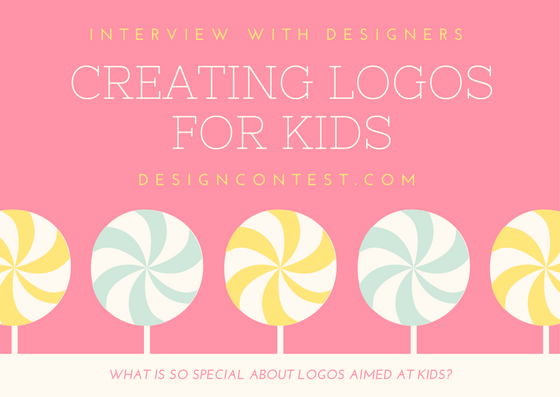 It’s just about a fact: Typography is one of the hardest things to nail in graphic design, especially without a professional guiding hand to hold the small of your back until you feel confident. We feel your pain as you look at all the complicated terminology and many thousands of different fonts. However, choosing the right typeset and implementation isn’t nearly as complicated as you might think. In fact, there are a few basic steps you can take right off the bat to improve your website typography and text copy—No special education required!
It’s just about a fact: Typography is one of the hardest things to nail in graphic design, especially without a professional guiding hand to hold the small of your back until you feel confident. We feel your pain as you look at all the complicated terminology and many thousands of different fonts. However, choosing the right typeset and implementation isn’t nearly as complicated as you might think. In fact, there are a few basic steps you can take right off the bat to improve your website typography and text copy—No special education required!
Granted, the following tips are fairly newbie-oriented, so if you’re a more experienced typesetter, you may want to skip the article and look for one of our more heftier pieces on typography. If you fit squarely into the greenhorn category, though, go ahead and read to your heart’s desire! This cake has been baked especially for you!
- Don’t Over Think It: When choosing the perfect font for your next design, we’d strongly encourage you not to over think the choice. In fact, we might persuade you to do the opposite and simply choose an old standby. We know the first instinct is to pick an obscure, custom-tailored font that matches your design perfectly, but in almost all cases, universality wins out over expressiveness. Go with your first initial thought, and then stick to that typeset with heart.
- Dash It All!: It’s the tiny imperfections in your designs that will lose you favor with your clients, and with that in mind, make sure you’re using the proper dashes for your copy. Learn the difference between an em dash (—) which is named after the length of a capital M, and an en dash (–). Both server very different purposes, and depending on the audience you’re catering to, you may look rather foolish for using the improper dash.
- Align Yourself Properly: Another major consideration that’s easy to screw up is the alignment of your text copy. The proper alignment should be left-aligned without justification. Justifying your type may initially seem like a good idea, but trust us, it gets hard to read very quickly. Instead, just be sure everything is pushed to the side, and left unjustified. That’s literally all you have to do, and yet doing so saves you a tonne of credibility in the long run. Cool, huh?



